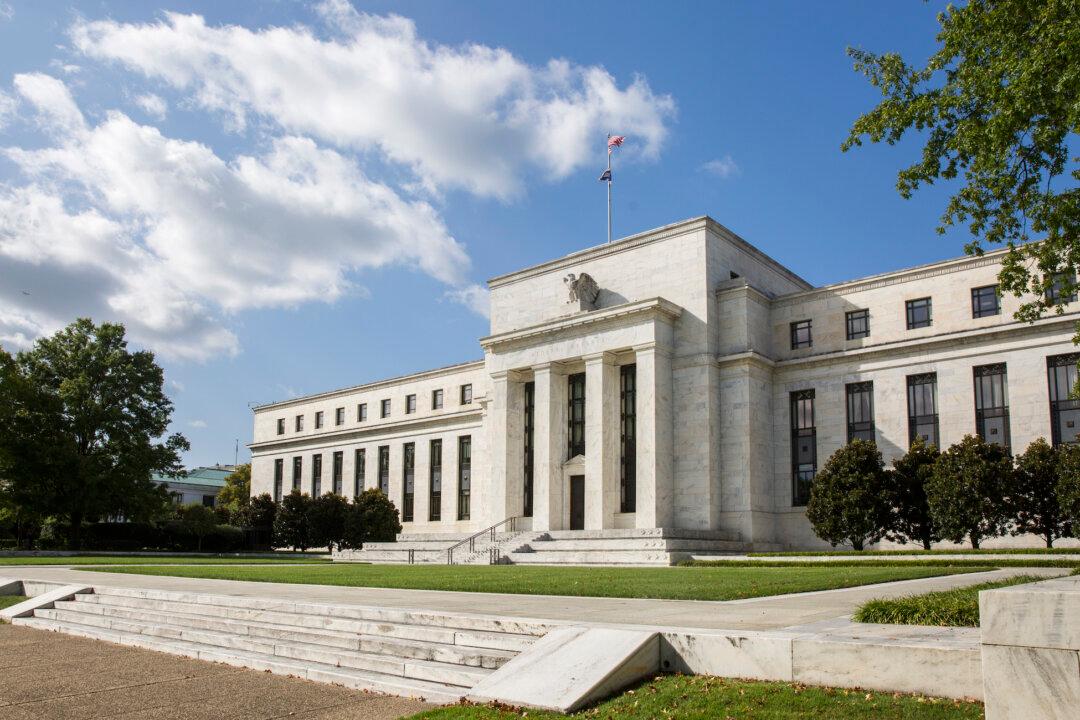WASHINGTON—The U.S. Federal Reserve announced on Monday how much each large bank that underwent its 2020 stress tests will have to hold in additional capital.
The results mark the first time the Fed has given out custom capital requirements for each bank under its new “stress capital buffer,” and takes effect on Oct. 1. Goldman Sachs and Morgan Stanley were ordered to hold the most capital of the 34 firms tested, with ratios of 13.7 percent and 13.4 percent respectively.





